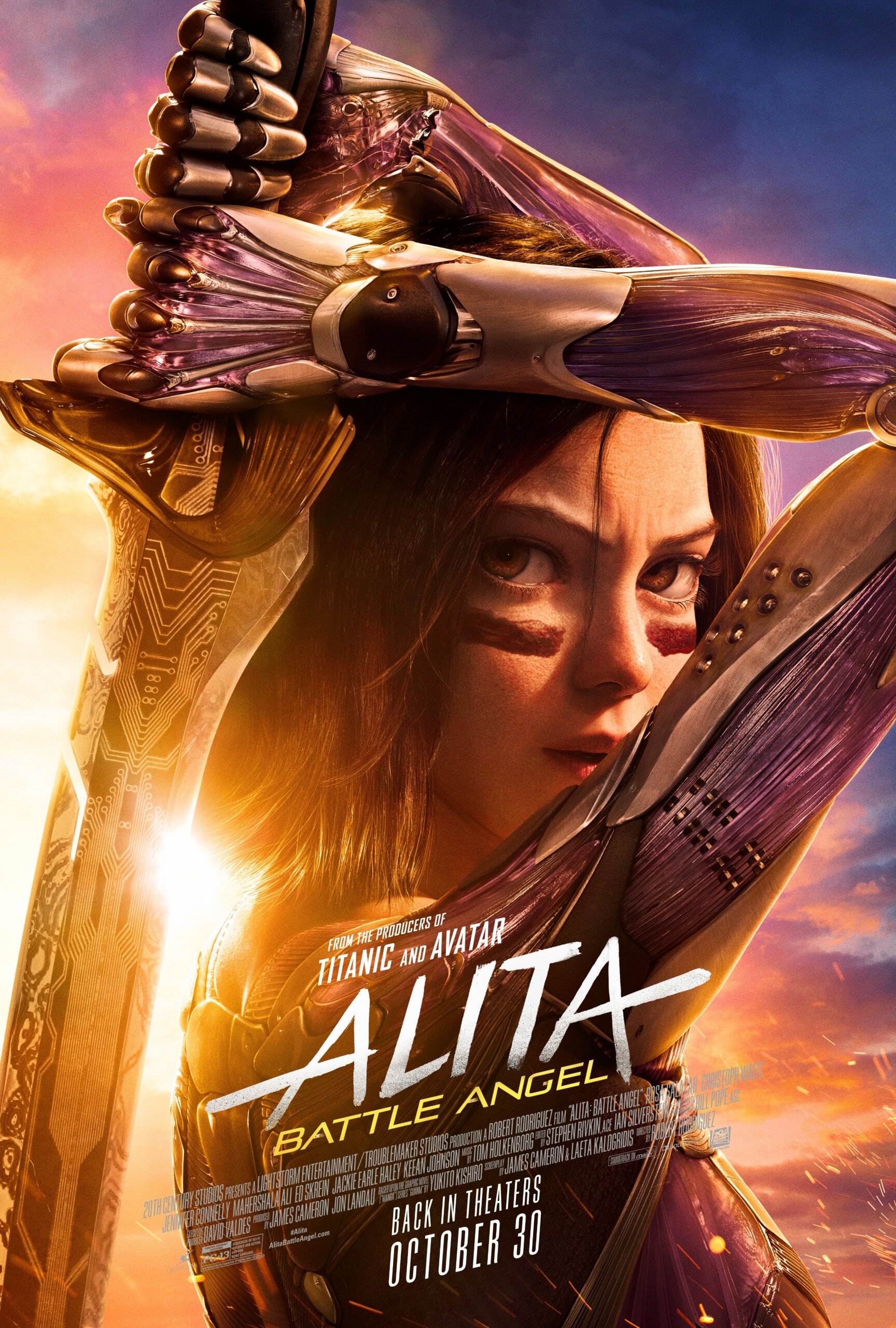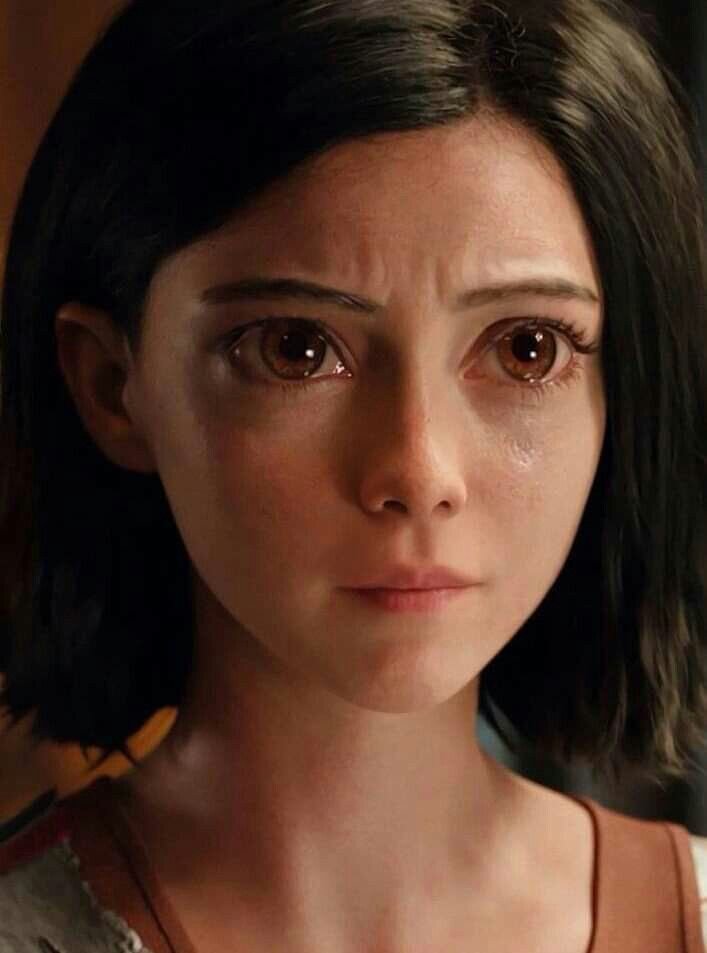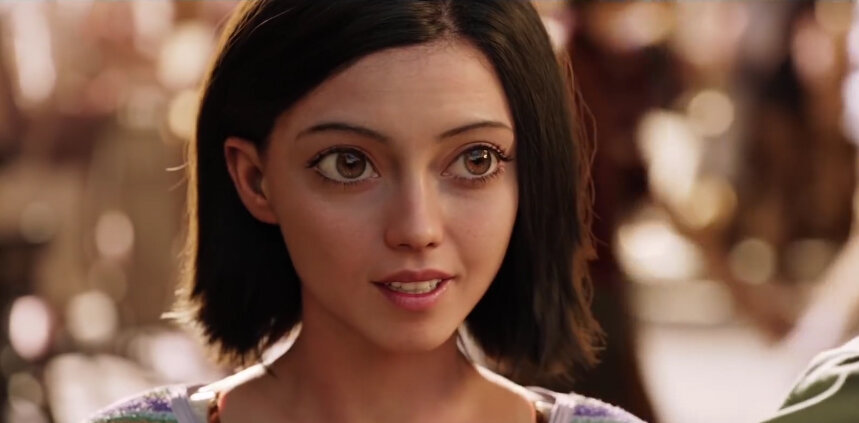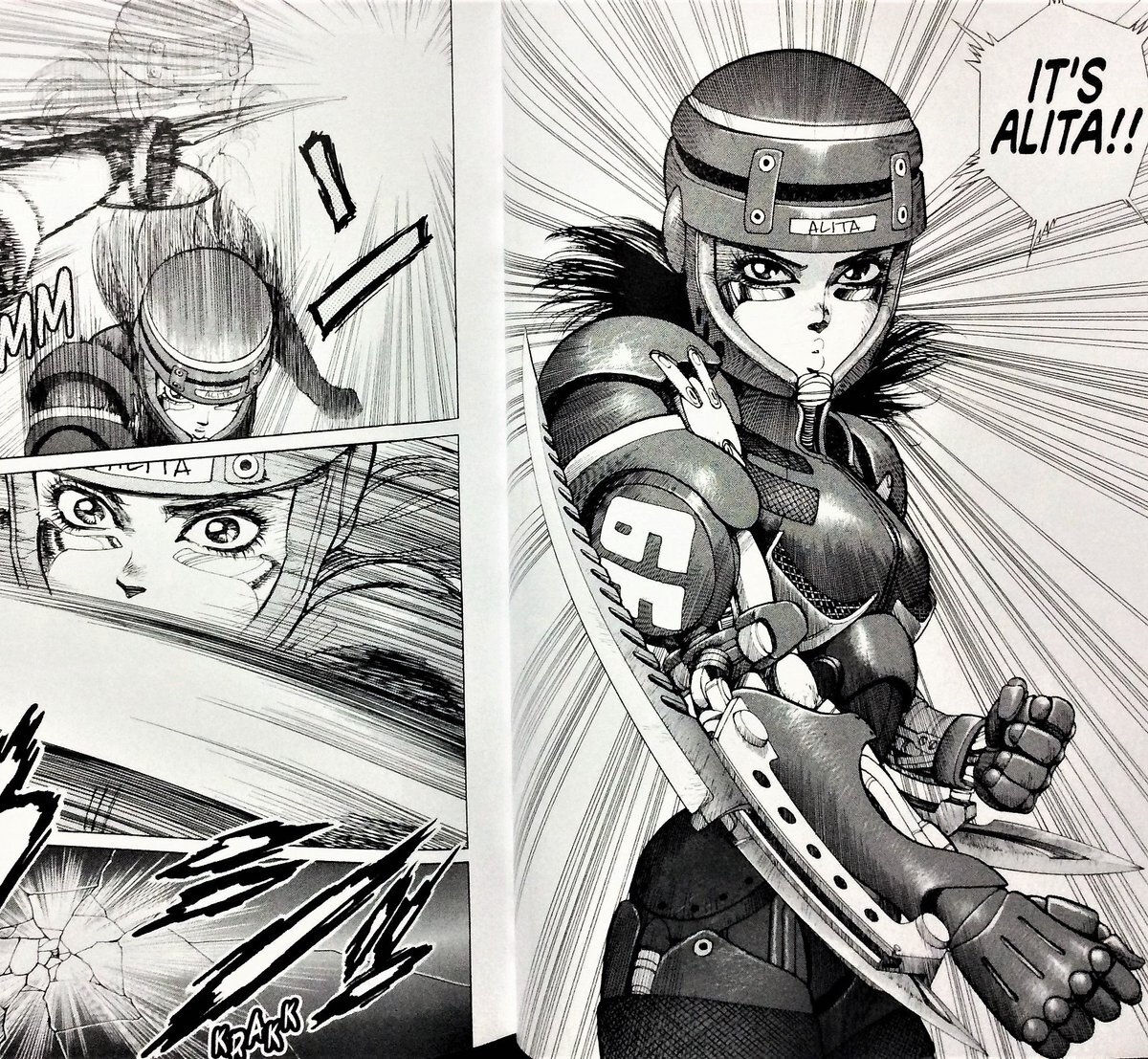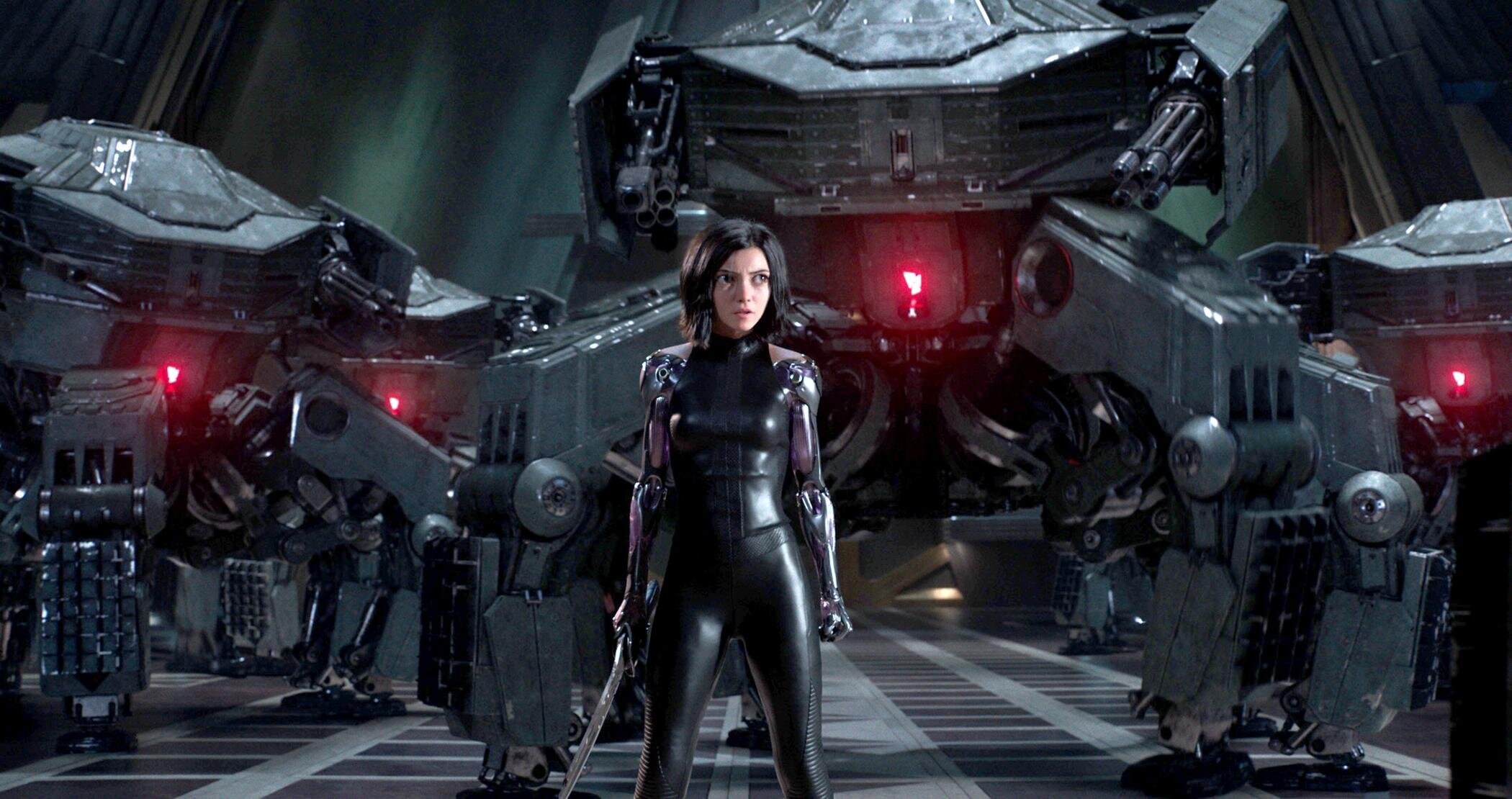Should There be an Alita: Battle Angel 2?
Hollywood has always tried to re-adapt anime a couple of times, in the endeavor to capitalize on their success. On the one hand, some trials were not very well received by viewers. Dragonball Evolution was, how can I say it, a turmoil that did not capture the epicness, mythology, and grandeur of the seven-series anime. Death Note was debatable, as it was a success with the numbers, and a second movie may be in the makings, but critics and fans were not very into it. Ghost In The Shell was controversial partially because some fans wanted an Asian actress to portray the protagonist Major and a less Western approach to storytelling for such a loved and famous story. Speed Racer was not well-received critically, but nowadays, it is seen as a cult classic, and I actually loved the psychedelic nature of the movie when I was a kid. On the other hand, some films were resounding successes. Audiences and critics enjoyed Tom Cruise and Emily Blunt’s Edge of Tomorrow for its acting and imaginative storytelling. And then there’s Alita: Battle Angel.
The boldness of this movie is astounding. Making the protagonist, Alita, out of CGI by motion capturing Rosa Salazar’s face to resemble her manga and anime counterpart (also called Gunnm and Battle Angel Alita) was courageous, and in my opinion, a fantastic stylistic choice. It looks super well made and believable, congruential to the rest of the film’s look, and it replicates the iconic “big eyes” anime style, staying faithful to the source material in a visual manner. In a world full of humans and cyborgs, Alita may look like the latter, but she represents the human struggle to find love and meaning and fight for freedom. There is so much humanity in her throughout the movie that watching a quasi-human CGI face viscerally feeling grief, anger, joy, and hope is an experience of its own that could alienate audiences, but it actually entices them to want more of it, especially as Alita ended with a big cliff hanger and a lot of potential for a second installment.
Alita’s fan base, The Alita Army, may be small (if you have heard of them before, kudos to you), but they demonstrate how the movie achieved a level of connection to its audience that not many have. The film made around $405 million in the global box office from a budget of around $150 million without marketing, but critics focused on its supposedly mild plot, over-reliance on CGU, and interestingly, on the fact that it was not the progressive, feminist movie people thought it was, but a man’s fantasy of powerful women that features robotic bodies with breasts. That was made worse by Captain Marvel trolls embracing Alita: Battle Angel as a response to Brie Larson being overly outspoken about gender and race matters. I don’t think there can be someone that is too outspoken about these pressing matters, so you can see how trolls can try to hurt one movie and end up hitting two. Still, the narrative that the film makes Alita a subservient doll of the male gaze, a misogynistic icon of today’s media instead of a truly strong female character, has hindered its reputation to a considerable level.
So, fans created the army to rejoice on the aspects that they loved about Alita and turn the negativity right side up. Even if many kept comparing the loyal fans to Captain Marvel trolls, the group made use of social media to campaign for people to buy the film’s DVDs and Blu-rays if they hadn’t watched it before (remember those?) to create a sort of renaissance for the movie, and for Disney to develop a sequel. The defunct 21st Century Fox released Alita: Battle Angel back in February 2019, but Disney officially acquired the studio later that year, so if a second movie of the franchise is to be produced, it will be under the guise of the Mouse. The army has also flown a banner over the 92nd Academy Awards and put a billboard up in LA advertising the sequel campaign. But like with #ReleasetheSnyderCut and suicide prevention, the Alita Army is not a movement that just focuses on raising awareness for Alita. On their website, they mention that they have raised enough money to give an amputee prosthetic arms from Open Bionics, known for their Hero Arm, “a stylish multi-grip bionic hand,” and that they have monetarily contributed to the research for a cure to diabetes type I. No help is ever small.
Image Via
Therefore, with all these people sharing their love for Alita: Battle Angel, what makes the movie worthy of a sequel? Well, firstly, it was planned as a trilogy with Alita’s arc as a character evolving throughout each installment, so there is a lot of story yet to tell, but that is not enough to automatically make Disney interested in continuing the franchise. Secondly, the movie was well-liked by many, pretty accurate to its source material, has a dedicated fan base, and made a considerable amount of money to call it a mild success. However, the producers need to pay attention to where the main criticism comes from, primarily that Alita can be interpreted as a sexy love robot in response to the needs of her love interest and male audience members, instead of a fierce and well-rounded character. After all, we are talking about Disney, and they have a brand image to uphold, even if the main critique may be more sensationalist than what it is depicted in the movie. Disney+ might be a solution, but it is still in its infancy days for the company to know for sure if streaming high budget blockbusters is a sound business venture. Thirdly, and in my opinion, the most important, Alita has one of the best cyberpunk aesthetics of any movie since Blade Runner and Matrix franchises.
Unlike critics pointing out the over-reliance on CGI, Alita Battle Angel is a movie inspired by manga and an anime with bonkers visuals. Imagine a fully robotic body with cables and metal parts that replicate the human anatomy or a mechanical suit with blades protruding from the arms and shoes that are also wheels. James Cameron, the movie’s producer, wanted to experiment with new technologies as he always does, so the film was bound to replicate the anime look and try to make it even more real, mainly since Cameron has wanted to make Alita since 2003. Moreover, when looking at recent cyberpunk movies like Matrix Revolutions, Blade Runner 2049, and Tron: Legacy, visual effects are necessary to create a more cohesive vision that ties the human body with cybernetics and also build a spectacle of environmental holograms and lights or of dirty clustered metallic buildings that point toward a technology-heavy future. How can a movie that belongs to a genre with the name “cyber” that uses cybernetics to depict a dystopian future for humanity not rely on technology as a visual style? And in my opinion, Alita applies technology as a way to define the character archetype of those who are cyborgs and those that are just humans, so CGI is not only used to set up cool action scenes.
Alita is an excellent example of how technology and fashion worked in tandem seamlessly in the movie to provide a visual exploration of her character arc and an overall aesthetic to the piece. In the beginning, she wears simple human clothes to make her blend with other people. Alita is a teenager in the body of an android. Her brain was found inside a broken husk in a scrapyard by her adopted father, Doctor Ido, played by Christoph Waltz, who repaired her body at the beginning of the movie. Because she has an adolescent brain and almost no memory of her previous life, the most natural and healthy thing to do is socialize with people her age. So, Ido gives Alita his deceased daughter’s clothing, establishing the relationship between both characters and helping her figure out who she is and how she wants to live her life. But when she prematurely decides to embrace her preprogrammed fighting abilities and become a hunter-warrior, a registered bounty hunter of wanted criminals, Alita’s body gets ripped off by Grewishka, one of the film’s villains. Her adoptive father decides to outfit her with the Berserker Armor, a nanotech military cybernetic suit for elite soldiers in the United Republic of Mars, which Alita had discovered and pleaded to be upgraded into but was denied by Ido before. He had identified the armor and was afraid of it since the URM had destroyed part of the movie’s world 300 years ago, but the dire circumstances and his trust in Alita’s goodness and will to overcome her nature as one of the elite soldiers spoke louder. She then wears it to complete her heroic journey in the film’s last act, modeling its silhouette to look more “adult-like” (maybe here is where the criticism of Alita being sexist sprang from, as certain areas of her body are more accentuated).
Image Via
Image Via
Image Via
In short, Alita’s style shifts from plain, generic textile clothing as an accessory of her trying to fit in, to a full CGI technological weapon that suits her higher calling as a warrior for the people and matches her character development. (I guess most superhero origin movies and series do this thing where protagonists can only wear their iconic suits after discovering themselves, so maybe Alita: Battle Angel is also a superhero flick.) She went from resembling a teenager (because of Ido’s reparations and desire to see his child again) to a full-grown adult (out of her own engineering), representing the evolution of her maturity throughout the story.
Two more aspects of the movie that provide an engrossing cyberpunk aesthetic to the cinematic experience are its two main cities, Scrapyard and Zalem, and the Motorball scene. Iron City looks like WALL-E’s Earth, a place that feels compacted and small, made of metallic parts coated with a sandy-brown color. At night, neon lights accentuate the metallic elements of cables and facades to make the day’s dullness shine a little more, but the streets still linger in the darkness. Zalem, in contrast, is a floating city. Its metallic accents are not ugly and messy like Scrapyard’s, but regal and spiky, as if to simultaneously entice and deter the iron city’s citizens. It is a statue of power that loiters above Alita throughout the flick. As you may have caught on by now, only the rich and powerful live in Zalem, and at the end of Alita, the protagonist wins the Motorball conquest to be able to move to the floating city and stop Nova, a scientist that leads a crime ring that steals cybernetic body parts from people. But what is Motorball? Motorball is a high-tech roller derby racing sport where the person who passes the finish line with the game’s motorball wins. In Alita, the film’s last scene features the protagonist competing in a deadly version of the sport, and it is bonkers cool. Cyborg racers are trying to kill Alita, and they all use their cybernetic body extensions to manifest deadly weapons, but she ends up defeating all of them in a fast-paced epic techno-spectacle, the best ending this movie could get.
In the end, Alita: Battle Angel is a visual exploration of how today’s cinematic technology can create an immersive aesthetic experience and can seamlessly blend CGI with practical effects and human acting to build a coherent world of cyborgs and technological enhancements. This film’s main milestones are Alita’s digital eyes and facial expressions, developed with motion capture, but real and emotional nonetheless, and its cyberpunk aesthetic. So, is it time for Alita: Battle Angel 2? I would say yes! providing that Disney listens to the criticism that the protagonist is not the feminist icon she was thought out to be and creates a script that makes her feel even more badass and empowering without edging the border of objectification. There are rumors that a prequel series is in the makings for Disney +, so maybe there is still hope for the Alita Army, who have been fighting valiantly and philanthropically to see more of Alita’s world, and everybody else who enjoyed Alita (including me). And perhaps we can get another banger of a song from Dua Lipa or another pop/EDM artist as “Swan Song,” the movie’s theme, fits the cybernetic aesthetic and is an underrated gem by my favorite singer.
You can watch Alita: Battle Angel on Amazon Prime Video, Hulu, Youtube, Vudu, Itunes, and Google Play.
Cover Image Via

